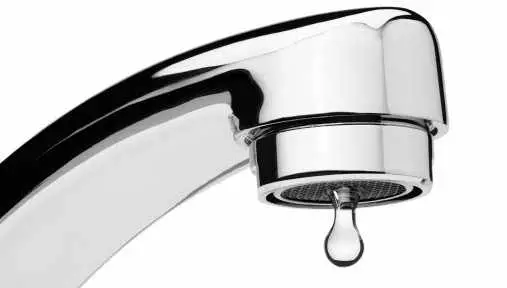Share on Social Media:
The Top 5 Countries with the Most Renewable Water Resources
| Country | Renewable Water Resources | |
|---|---|---|
| 1 | Brazil | 8233.0 km3/yr |
| 2 | Russia | 4508.0 km3/yr |
| 3 | United States | 3069.0 km3/yr |
| 4 | Canada | 2902.0 km3/yr |
| 5 | China | 2738.8 km3/yr |
 Special Report
Special Report
- Water supplies are falling while the demand is dramatically growing at an unsustainable rate. Over the next 20 years, the average supply of water worldwide per person is expected to drop by a third. (a.) By 2025 the U.N. estimates that 1.8 billion people will live in regions suffering from water scarcity and two thirds of the global population will live under water-stressed conditions. (b)
- One litre of waste-water pollutes about eight litres of freshwater. An estimated 12,000 km/3 of polluted water worldwide, which is more than the total amount contained in the world's ten largest river basins at any given moment. Therefore, if pollution keeps pace with population growth, the world will effectively lose 18,000 km/3 of freshwater by 2050 - almost nine times the total amount countries currently use each year for irrigation, which is by far the largest consumer of the resource. (a) 70% of untreated industrial wastes in developing countries are disposed into water where they contaminate existing water supplies.(c)
- Asian rivers are the most polluted in the world, with three times as many bacteria from human waste as the global average. These rivers have 20 times more lead than those of industrialized countries. (a)
- Worldwide, infectious diseases such as waterborne diseases are the number one killer of children under five years old. More people die from unsafe water annually than from all forms of violence, including war. Unsafe water causes 4 billion cases of diarrhea each year, and results in 2.2 million deaths, mostly of children under five. This means that 15% of child deaths each year are attributable to diarrhea - a child dying every 15 seconds. In India alone, the single largest cause of ill health and death among children is diarrhea, which kills nearly half a million children each year. (c)
- Unsafe or inadequate water, sanitation, and hygiene cause approximately 3.1% of all deaths worldwide and 3.7 % of DALYs (disability adjusted life years) worldwide. Lack of adequate sanitation contaminates watercourses worldwide and is one of the most significant forms of water pollution. Worldwide, 2.5 billion people live without adequate sanitation. (c)
- WWF International. (2003). "World Water Facts". Retrieved November 2010.
- International Decade for Action: Water for Life 2005 - 2015. (2012). Retrieved March 1st, 2012 from: http://www.un.org/waterforlifedecade/scarcity.shtml
- UNEP. (2010). "Clean Water for a Healthy World". Retrieved November 2010.
Tags:
Water, Top 5 Most, The Environment
Sources: P. H. Gleick, Pacific Institute. (2013).Total Renewable Freshwater Supply by Country (2013 Update).
List Notes: Data is annual renewable water resources ranked by volume for the year 2013 (latest year for which reliable data is available as of January 28th, 2015) in cubic kilometres per year (km3/yr). Data for this list are typically comprised of both renewable surface water and groundwater supplies, including surface inflows from neighbouring countries. This data represents average freshwater resources in a country (actual annual renewable supply will vary from year to year).
Please note: the detailed country data in this list should be viewed, and used, with caution as the data comes from different sources and was estimated over different periods. Many countries do not directly measure or report internal water resources data, so some of these entries were produced using indirect methods.
Sources: P. H. Gleick, Pacific Institute. (2013).Total Renewable Freshwater Supply by Country (2013 Update).
List Notes: Data is annual renewable water resources ranked by volume for the year 2013 (latest year for which reliable data is available as of January 28th, 2015) in cubic kilometres per year (km3/yr). Data for this list are typically comprised of both renewable surface water and groundwater supplies, including surface inflows from neighbouring countries. This data represents average freshwater resources in a country (actual annual renewable supply will vary from year to year).
Please note: the detailed country data in this list should be viewed, and used, with caution as the data comes from different sources and was estimated over different periods. Many countries do not directly measure or report internal water resources data, so some of these entries were produced using indirect methods.

